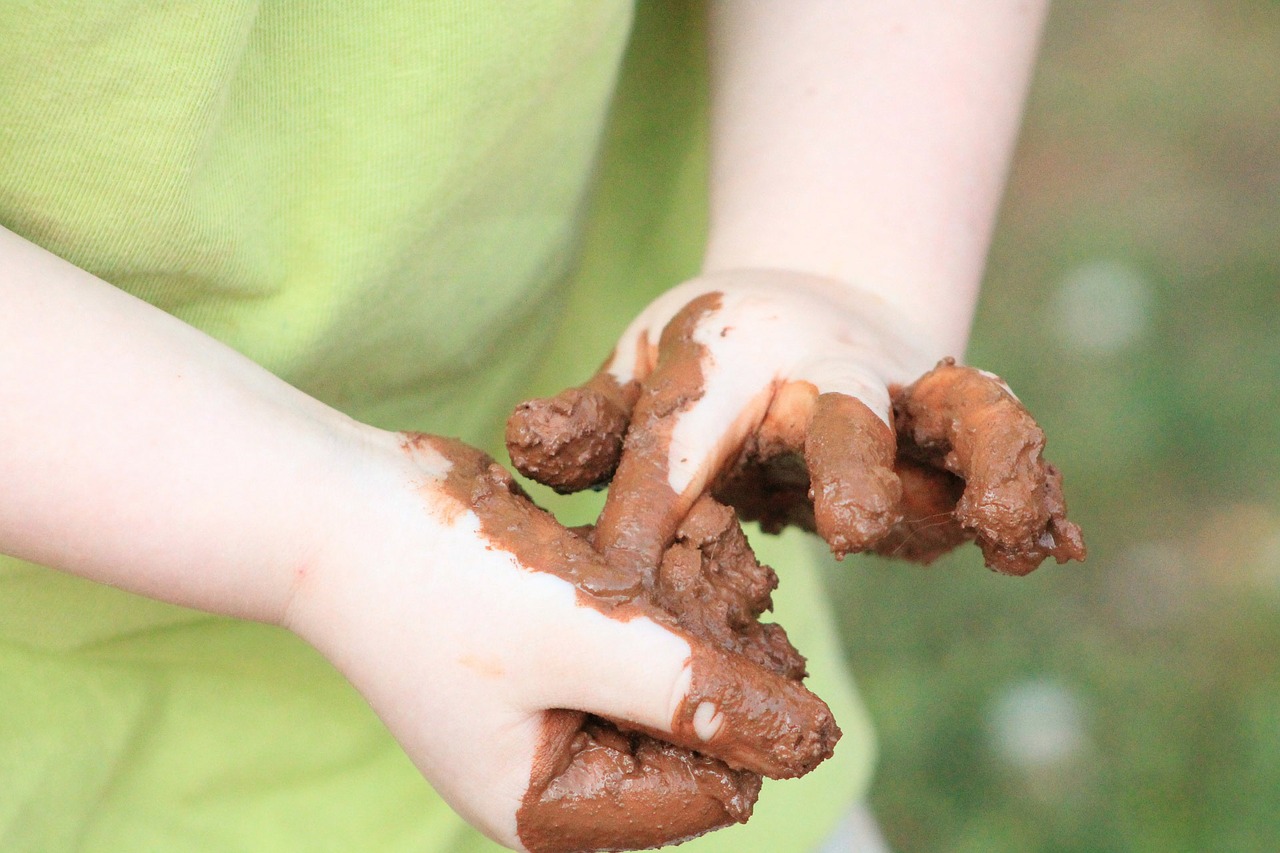You all must be tired of hearing that exercise is good for health. Despite reading and hearing about it, few of us do it regularly. I do not know about you but my excuse is lack of time. My mind is constantly coming up with one excuse after another not to exercise. It can be the weather, too cold or too hot; it could be because I am too tired; or something more important comes up.sni
But let me reiterate what you have heard before that exercise helps; and has lots of different benefits. Physical activity not only improves body’s confidence and overall mood, but also lowers chances of heart disease and relieves stress. Sometimes, it can even help you have a proper perspective. It is not about working out to lose weight but it should be about being healthy and staying sane.sni
Regular exercise can keep us fit and help in staying independent as we age. Other benefits may include faster recovery from illness, reduced risk of chronic disease and better management of existing medical problems. And many exercises also improve your flexibility.sni
Tips to include exercise in daily routine
I think the above mentioned reasons are enough to start exercising. If you still think that the idea of starting an exercise routine is intimidating, start off by doing 10 minutes of exercise every day. Walk to the shops, bus or the place where you have parked your car. Spend more time in the garden or offer to walk a neighbor’s dog if you do not have one.sni
You may say that exercising is boring. Well it can be. But then choose activities that you find interesting and manageable. You are more likely to stick to an exercise routine if you find it fun. Start slowly and aim for small improvements. Make it a social event if possible, like inviting friends to join you for a walk or sign up for a class so you can meet new people while getting fit.sni
Types of exercises
Try to do exercises that improve your flexibility. This may include yoga, stretching exercises, or even dancing. If you can afford to make it slightly more formal, then build muscle tissue with strength training. For example, you could lift weights. This will help you in looking after your bones. Weight-bearing exercise can reduce your risk of bone loss and osteoporosis as you age.sni
You should also devote some attention towards improving heart and lung fitness. Opt for moderate intensity exercise for maximum benefit. As a general rule, aim for activity that makes you breathe hard but does not leave you feeling breathless.sni
Include some balance and coordination exercises in your weekly exercise routine. They will reduce your risk of falls. Good options include tai chi, balancing on one leg and heel to toe stands.sni
Walk is important
The least you can do is to walk as much as you can. There are hardly any choices involved, other than where to walk, how long, and how fast. Remember that the pace and speed of your walk will have a strong influence on the fitness benefits of your stroll.sni
A small increase in pace can make a huge difference. If you are a beginner or novice exerciser, you should be walking at a reasonable 3.2 miles per hour. If you are an intermediate to veteran walker, you can bump that up just enough to break a sweat after several minutes (usually to a pace in the 3.75 to 4.25 mph range).sni
Increase in pace
If you are a beginner, start to walk slowly. Do not try to lose all your weight in one go or regain all your health by simply one stroll. Your top priority should be to start walking regularly, not setting new speed records. If you have not hit the pavement in a while, you should focus first on length of time walking, rather than speed. Initially, walk just 10 minutes at your everyday walking pace. Gradually, over the next few weeks, build up to 20 minutes. Only then should you start to pick up the pace.sni
Once you are walking for 20 minutes per day, you can start aiming for a brisk pace the speed you could reach if you were 10 minutes late for an appointment. Once you work up to about 30 minutes of walking, you can incorporate short bursts of speed. This is a great way to pick up the pace without having to sustain a full 30 minutes of speed walking.sni
Move at your usual speed for three to five minutes, then walk even more briskly for one to two minutes. To pick up the pace take short, quick steps (most people try to walk faster by elongating their strides, but this actually slows you down). Bend your arms 90 degrees, and pump them quickly. After your fast-walking interval, settle back down to your usual brisk pace for three to four minutes, and repeat. By adding these bursts into your walks, you can increase the calorie burn by as much as 60 percent!sni
So please work out, and get that blood flowing. Do it before it is too late, and you end up sitting in front of a doctor.sni










